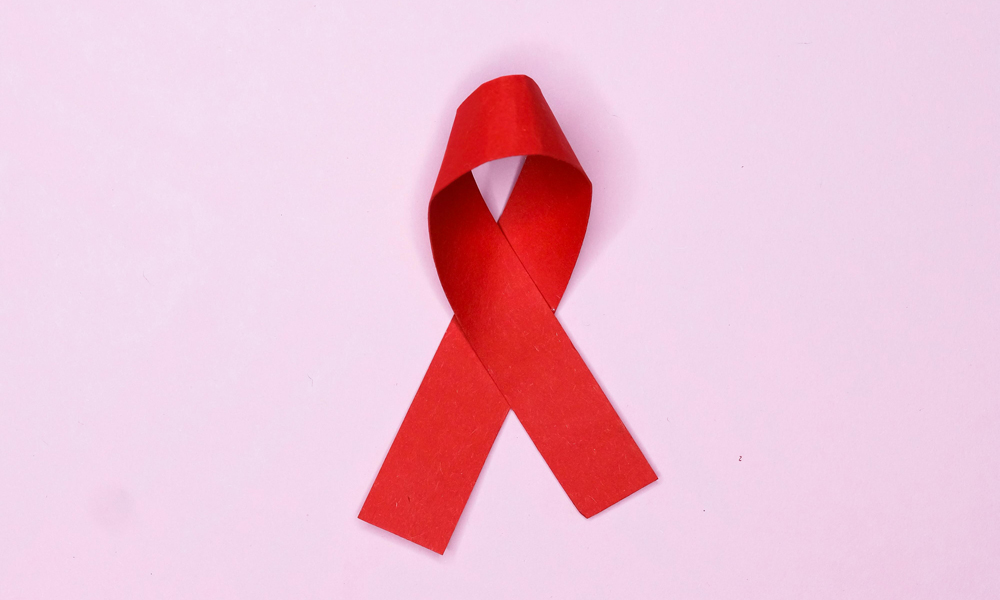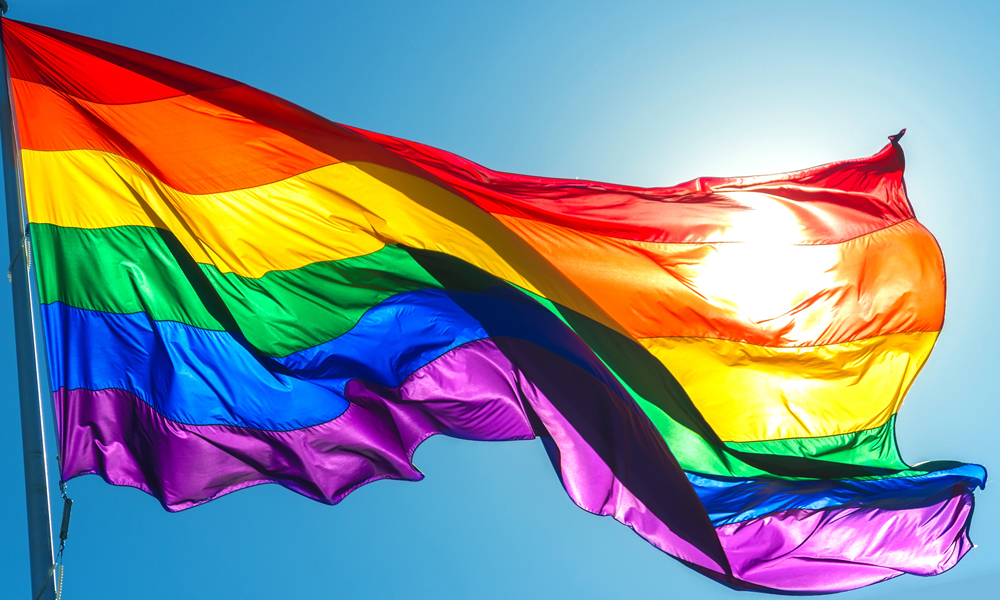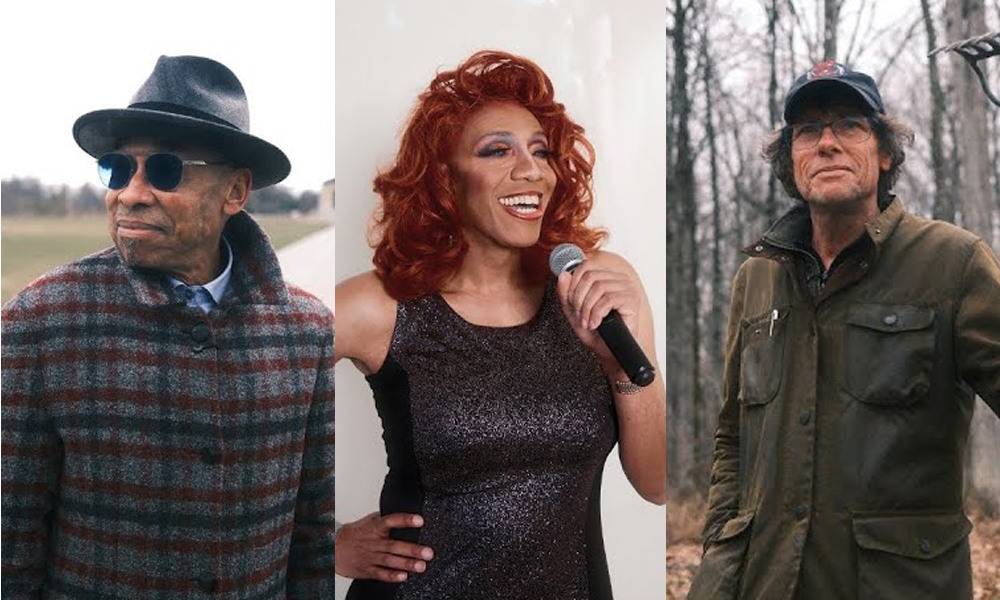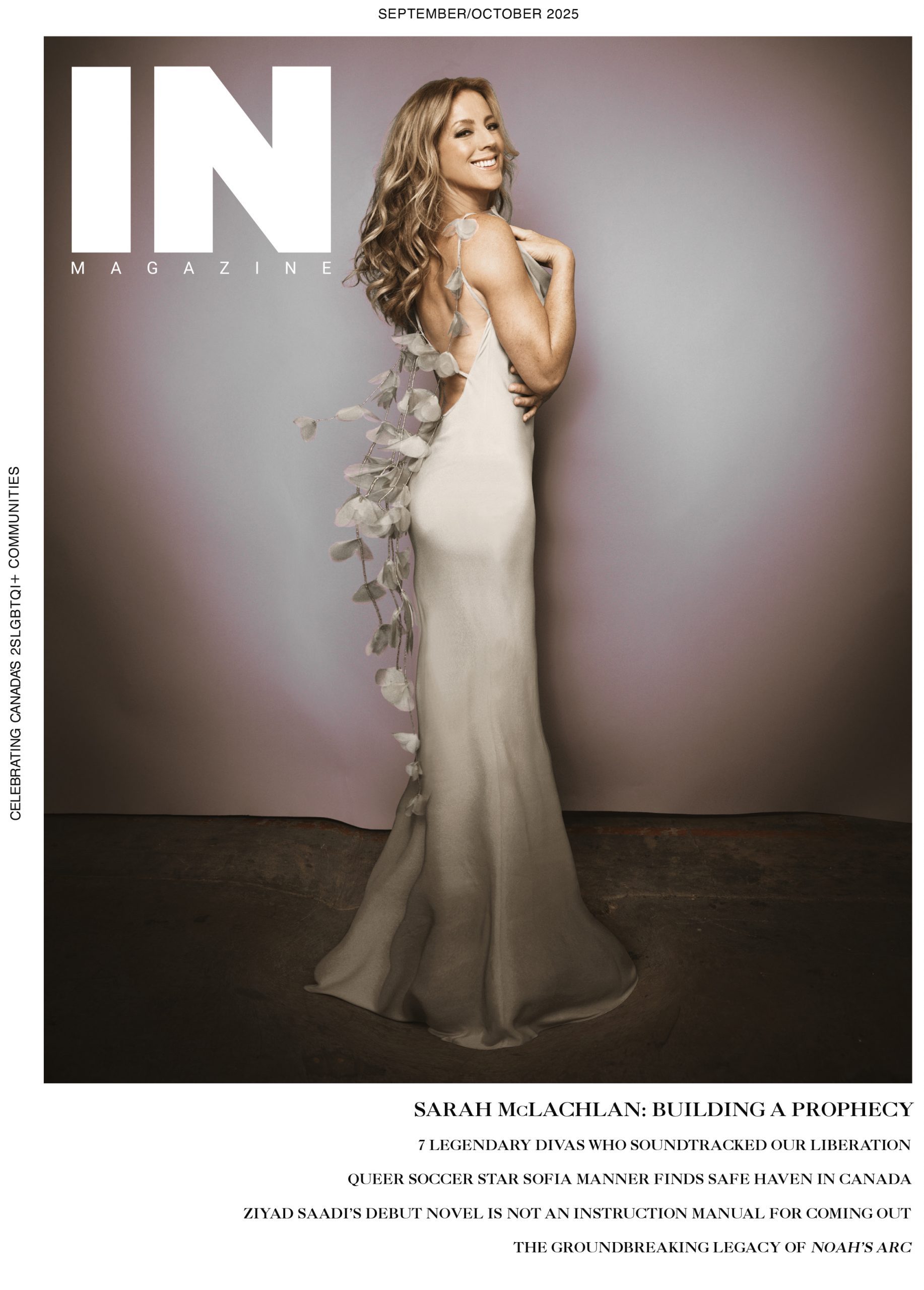Canada has its own historical LGBTQ+ figure who helped changed the world…
An early leader of the Canadian gay rights movement, George Hislop was a strong voice in the fight for equality. Born on June 3, 1927, in Toronto, Hislop became one of the most visible spokespersons for the queer community throughout his lifetime, and was commonly referred to as the “unofficial mayor of the Toronto gay community” in his later years.
The modern gay liberation movement in North America began in the summer of 1969 with New York City’s unprecedented Stonewall Riots, which took place in the early morning of June 28. Through the following year, the movement slowly began to gain momentum north of the border and in August 1971, the first protests for gay rights took place with small demonstrations in Ottawa and Vancouver. One year later, on Sunday, August 1, Toronto held its very first Pride celebration with a “Gay Day Picnic,” which was held on the beach at Hanlan’s Point.
Weeks after Toronto’s first Pride event, Hislop was an organizer of WeDemand, the first official Canadian gay rights demonstration, which took place on Parliament Hill in Ottawa on August 28, 1971. That same year, Hislop helped establish the Community Homophile Association of Toronto (CHAT), an organization that would advocate for gays and lesbians as they struggled against police harassment and other forms of homophobia.
Through the next few years, Hislop would become one of the visible spokespersons for Canada’s queer community. In 1980, his continued activism led him to run for a seat on Toronto City Council – one of the first openly gay individuals in the world to run for office. While he didn’t find success at the ballot box, he would become known as the “unofficial mayor of the Toronto gay community” and he would, decades later, prevail in court in a fight for gay rights.
In 2001, Hislop became the lead plaintiff in a class action lawsuit against the federal government. It pressed for equal recognition of federal pension benefits for gay couples across the country. The government had extended Canada Pension Plan benefits to the surviving same-sex partners of deceased pensioners as of 1998, but the change was not retroactive to earlier deaths. Hislop’s partner, Ron Shearer, had died in 1986, making Hislop ineligible for survivor benefits even though the couple had met in 1958 and remained together until Shearer’s death.
The suit aimed to have retroactive benefits extended back to the 1985 inclusion of gay and lesbian equality rights in the Charter of Rights and Freedoms. On November 26, 2004, the lawsuit ended in victory for Hislop and his co-plaintiffs, although the federal government subsequently filed a controversial appeal of the decision.
On October 8, 2005, Hislop, who had diabetes, Parkinson’s disease and esophageal cancer, died at Toronto Grace Hospital. Two years later, on March 1, 2007, the federal government lost its appeal when the Supreme Court ruled in Hislop’s favour.







POST A COMMENT